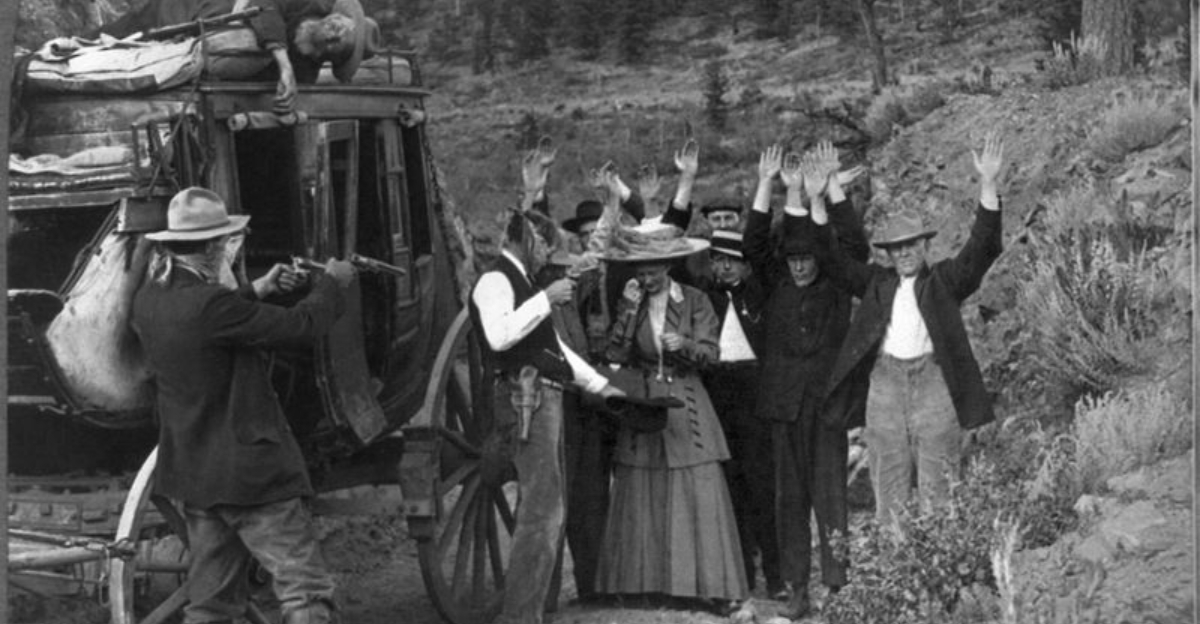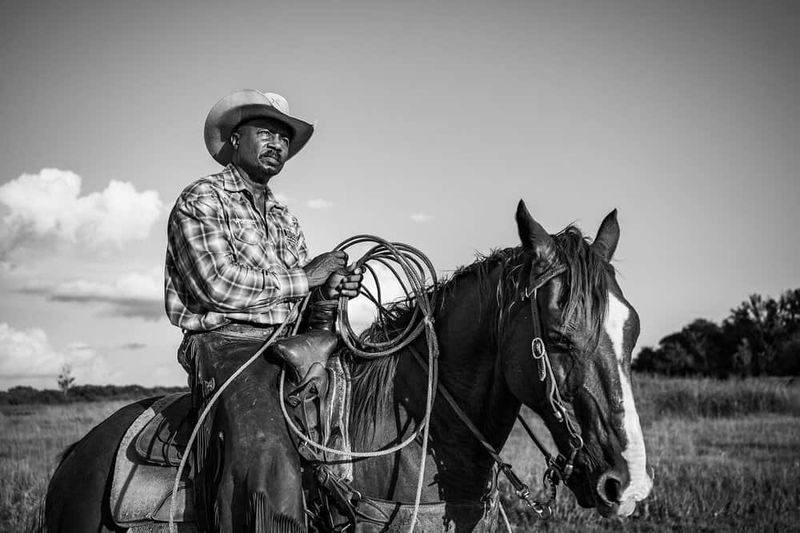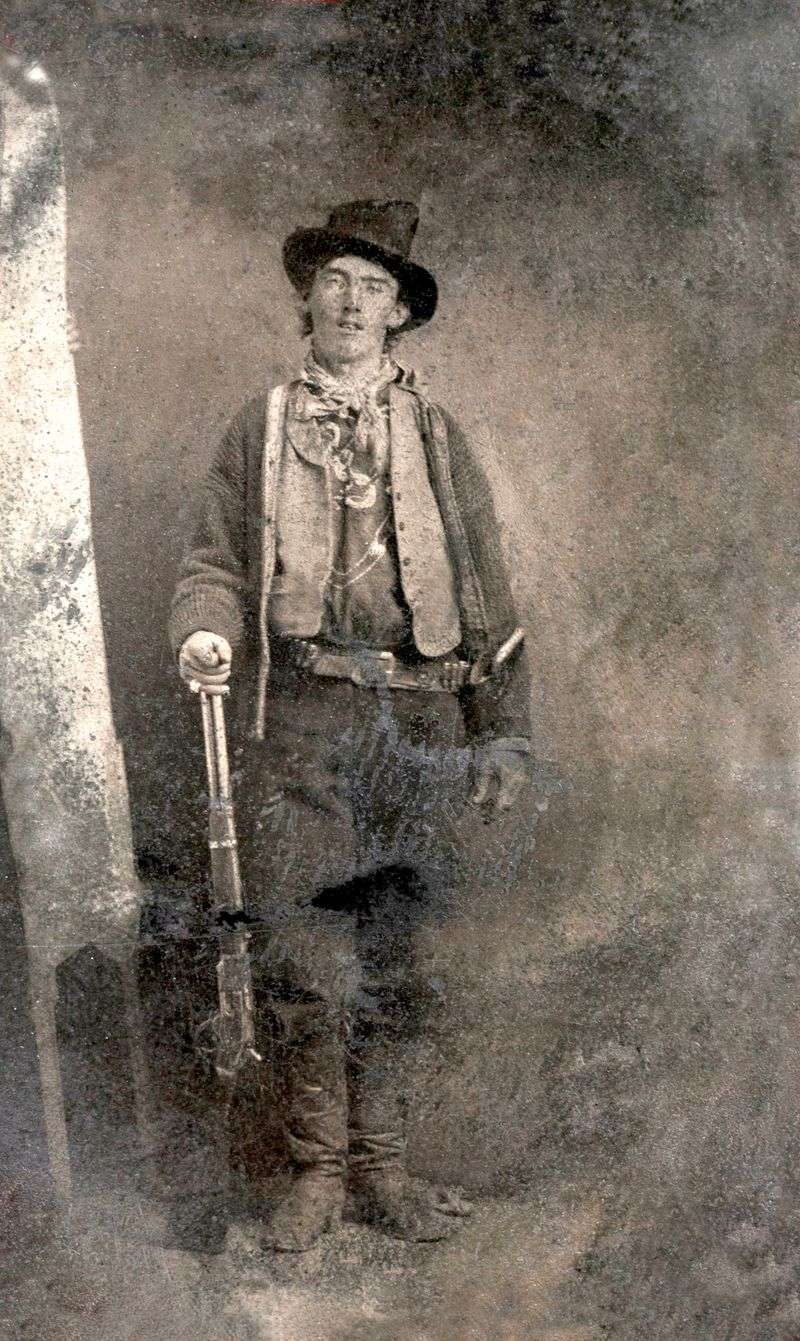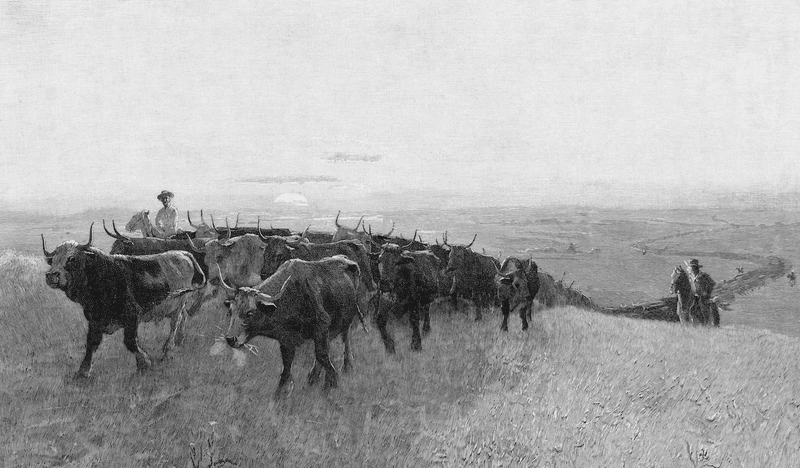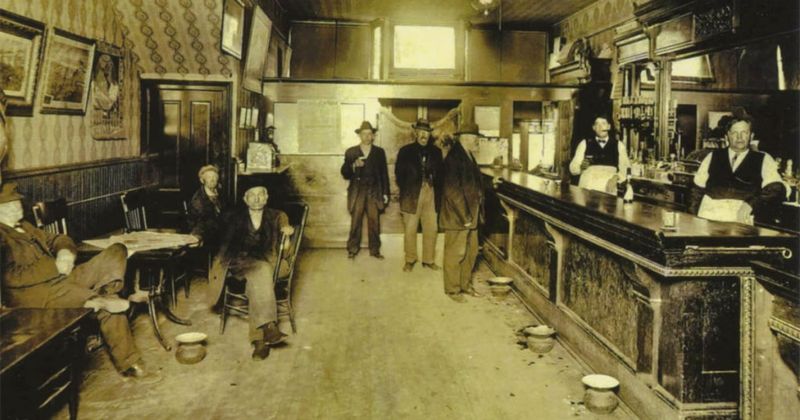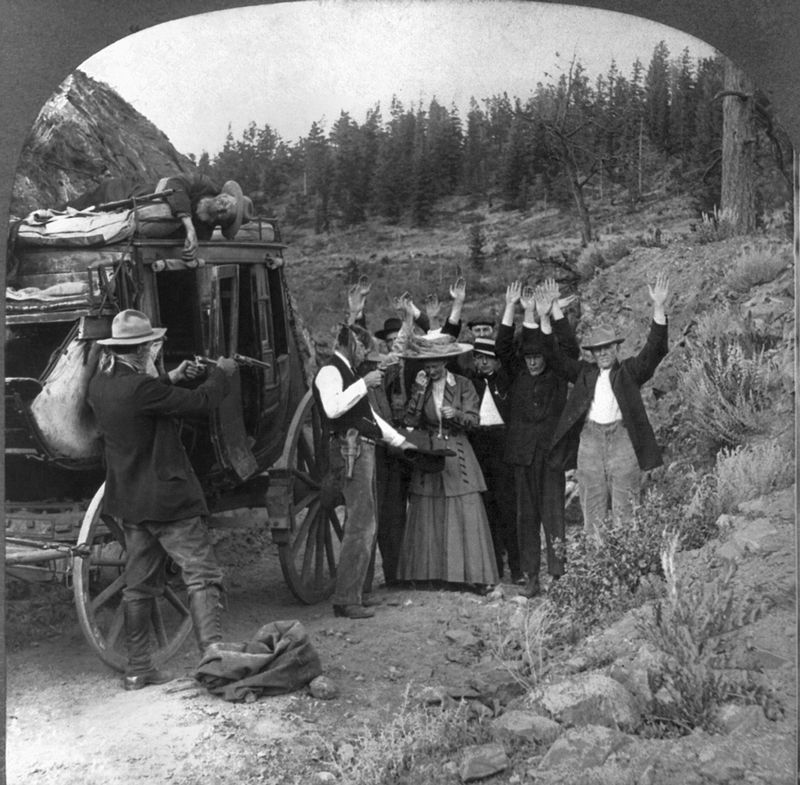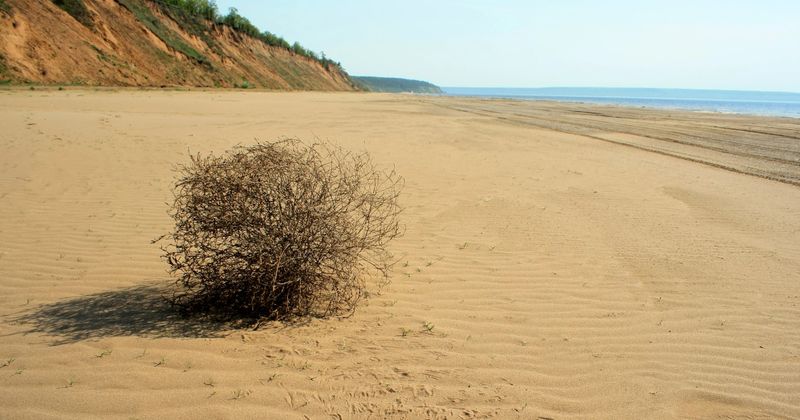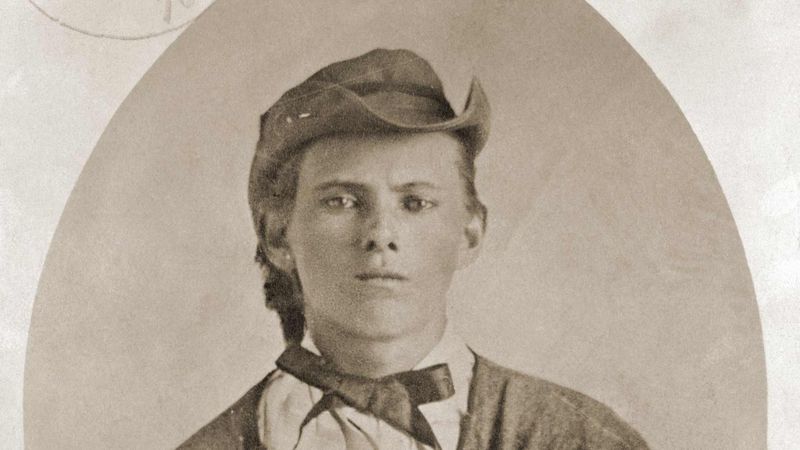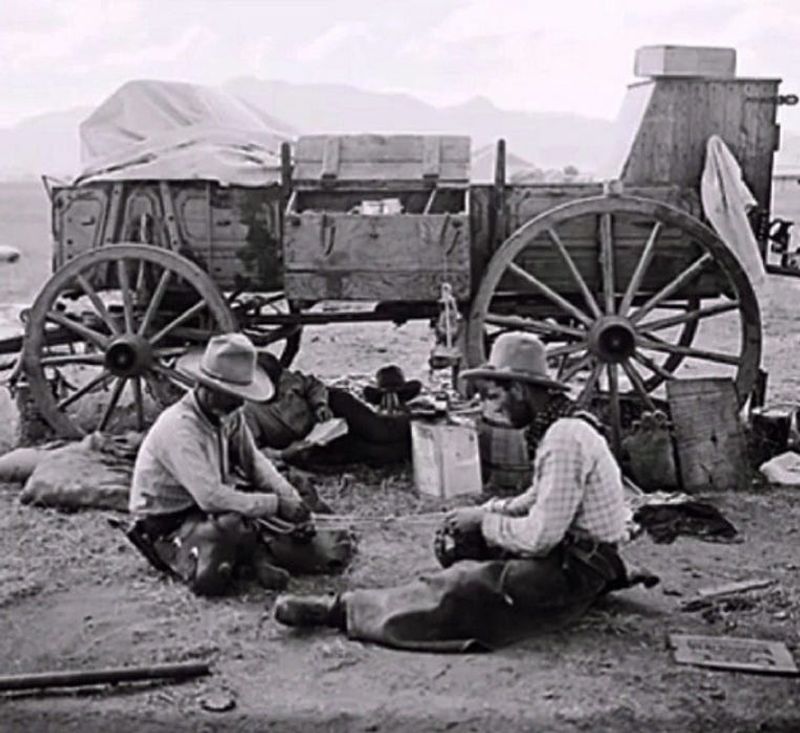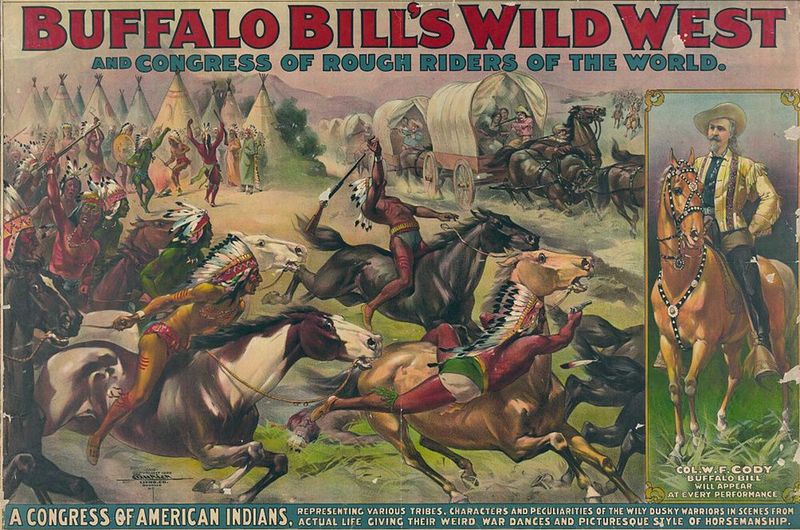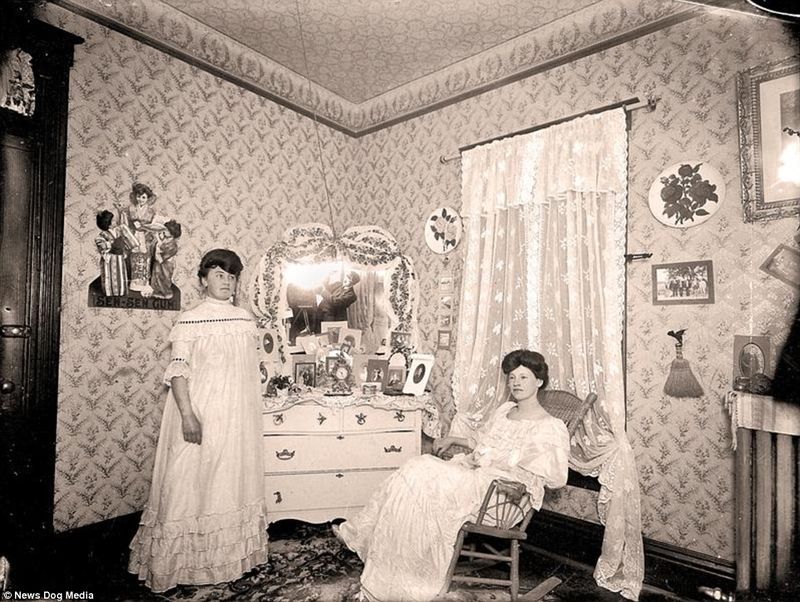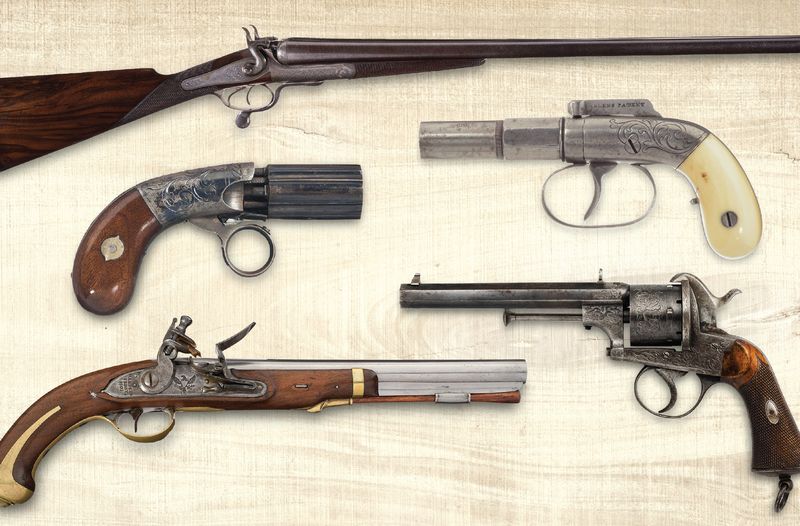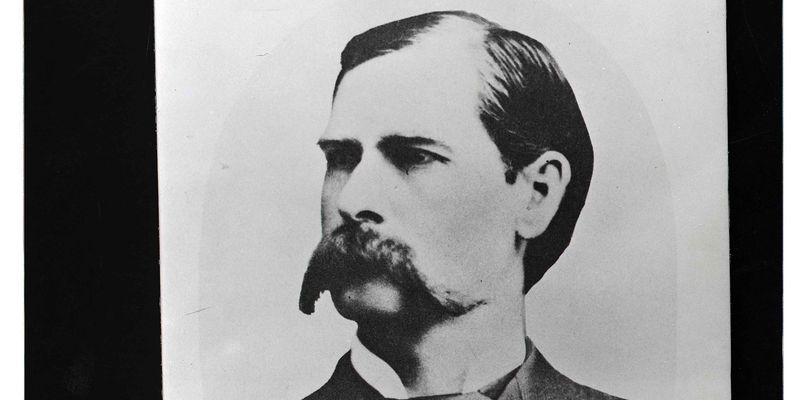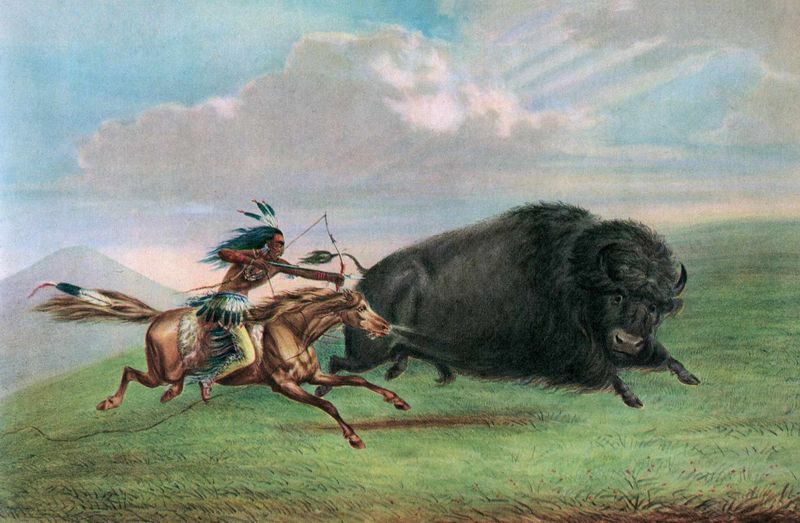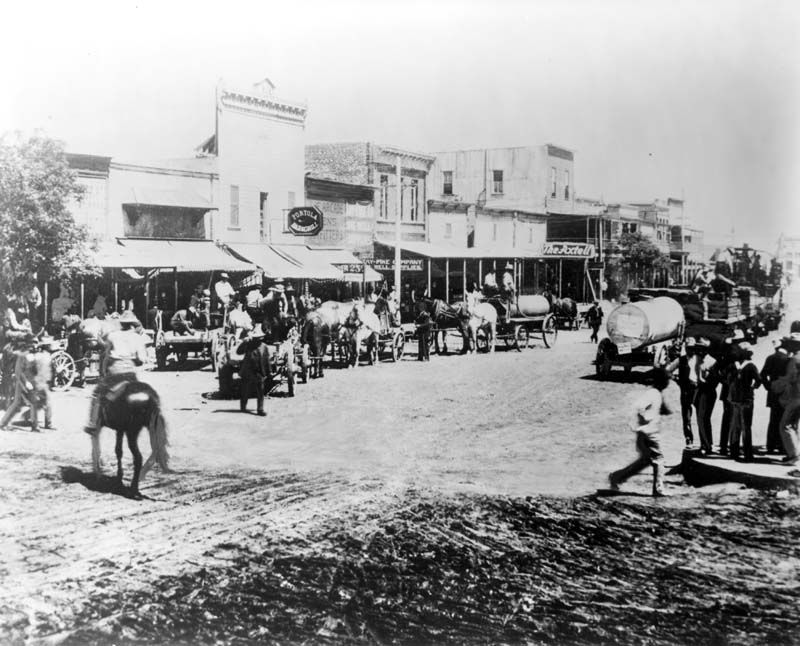The Wild West, renowned for its rugged landscapes and legendary figures, is often shrouded in myths and misconceptions. These tales have been romanticized in films and literature, leading many to believe in a version of history that never truly existed. This blog post aims to peel back the layers of fiction from fact, exposing 11 common myths and unveiling 13 startling truths about this fascinating era. From misunderstood cowboys to the unsung heroes, here’s a deep dive into what the Wild West was really like.
1. Cowboys Were All White Gunslingers
The popular image of cowboys as exclusively white gunslingers is a product of Hollywood’s storytelling. In reality, the cowboy culture was rich in diversity. Approximately 25% of cowboys were Black or Mexican, contributing significantly to the cattle industry. Many were former slaves or vaqueros, Mexican cowhands, who brought invaluable skills to ranching. The multicultural tapestry of the American West is a testament to these unsung pioneers. Their stories, though often overshadowed, are crucial to understanding the true fabric of the Wild West.
2. Quick-Draw Duels Happened All the Time
The image of gunslingers engaging in quick-draw duels is more fiction than fact. Movies have dramatized these showdowns, suggesting they were a daily occurrence. However, historical records show that such events were rare. Fights typically erupted from ambushes or brawls in saloons rather than choreographed duels. Towns enforced strict gun control, with many requiring visitors to check their weapons at the sheriff’s office. This reality paints a picture of a more regulated Wild West than often depicted in media.
3. The Wild West Was Lawless
Contrary to the belief that the Wild West was a lawless land of vigilante justice, many towns were governed by strict laws. Gun control was particularly enforced; visitors had to check their firearms upon entering a town. Sheriffs and marshals played pivotal roles in maintaining order. While some areas experienced occasional lawlessness, the majority of Western settlements operated under established legal systems. This narrative shifts the perception of the Wild West from chaotic to organized and structured.
4. Billy the Kid Killed 21 Men
Billy the Kid’s reputation as the deadliest outlaw of the West is largely inflated. Legends claim he killed 21 men, yet most historical accounts suggest the number was between 4 to 9. Newspapers of the time sensationalized his story, contributing to the myth of his infamy. This highlights how media can distort reality, turning men into larger-than-life figures. The real Billy was more a victim of circumstance and media portrayal than the ruthless killer often depicted in lore.
5. Cattle Drives Lasted for Months
The romanticized notion of endless cattle drives across the dusty plains is a myth. In reality, these drives typically lasted only a few weeks. The introduction of railroads in the 1880s made long drives obsolete, transforming the cattle industry. Cowboys worked tirelessly, yet their journeys were not the lengthy, arduous treks often depicted in media. Despite the shorter duration, the cattle drives were intense and demanding, requiring skill and perseverance from those who undertook them.
6. Native Americans Were Always the Villains
Western films have notoriously depicted Native Americans as ruthless villains, but this portrayal is far from the truth. Many tribes were defending their lands and ways of life against settlers who broke treaties and encroached on their territories. These confrontations were often acts of resistance rather than aggression. Understanding this context is crucial to appreciating the complex and often tragic interactions between Native Americans and settlers during the expansion of the American frontier.
7. Saloons Were Full of Bar Fights
Saloons are often imagined as wild places of constant brawls and chaos. However, they were primarily social hubs where townsfolk gathered to relax and socialize. While fights did occur, they were not as frequent as popular media suggests. Many saloons even housed libraries and were centers of community engagement. This more accurate depiction presents saloons as vital parts of Western towns, offering a mix of entertainment, interaction, and occasional disorder.
8. Stagecoaches Were Constantly Robbed
The notion that stagecoaches were constantly under siege by bandits is an exaggeration. While robberies occurred, they were far less common than often portrayed. Stage service companies invested heavily in security, with armed guards accompanying journeys and patrols monitoring routes. This resulted in a safer, more reliable means of transportation than legend suggests. Understanding these precautions helps debunk the myth of constant danger associated with stagecoach travel in the Wild West.
9. Tumbleweeds Were Always Rolling By
The iconic image of tumbleweeds rolling across barren Western landscapes is a classic trope. However, tumbleweeds are not native to America; they were introduced from Russia in the late 1800s. This invasive species became symbolic of the Western frontier but was not originally part of its ecosystem. The presence of tumbleweeds in media serves as a reminder of how certain symbols are ingrained in culture, even when their historical accuracy is questionable.
10. Women Were Just Damsels in Distress
The stereotype of women as mere damsels in distress in the Wild West overlooks their significant contributions. Figures like Calamity Jane and Belle Starr were renowned for their sharpshooting and leadership. Many women managed ranches, owned businesses, and sometimes became outlaws themselves. Their roles were diverse and impactful, challenging the traditional narrative. This recognition of women’s varied roles provides a more nuanced understanding of gender dynamics during this era.
11. The Gold Rush Made Everyone Rich
The Gold Rush is often romanticized as a time of easy riches and prosperity. In truth, most prospectors ended their days broke, with only a few striking it rich. The real financial winners were merchants who sold supplies to miners. This economic reality underscores the hardships and false hopes faced by many who sought fortune in the rivers and hills of the West. The disillusionment of the Gold Rush mirrors broader themes of ambition and the harsh realities of frontier life.
1. Many “Outlaws” Were Teenagers
Many infamous outlaws of the Wild West, such as Billy the Kid and Jesse James, began their criminal careers as teenagers. Youthful recklessness and the lure of adventure drove these young men into lives of crime. Despite their notoriety, they were often inexperienced and driven by desperation rather than malice. This youthful aspect adds a layer of vulnerability to their stories, humanizing figures often cast solely as villains. It highlights the complexities of life on the frontier.
2. Cowboys Smelled Terrible
The cowboy’s life on the trail was far from glamorous, with personal hygiene often taking a backseat. Regular bathing was a luxury not afforded in the harsh conditions of cattle drives. Cowboys would wear the same clothes for weeks, leading to a distinct odor that was simply part of the lifestyle. This aspect of cowboy life is often overlooked in romanticized portrayals. It serves as a reminder of the gritty reality and endurance required to thrive in the Wild West.
3. The First “Wild West Show” Was Before the West Was Tamed
Buffalo Bill’s Wild West Show began in 1883, offering audiences a dramatized version of frontier life even as the West was transitioning. The show featured reenactments of battles, cowboy skills, and Native American life. It played a significant role in shaping public perception of the West, blending fact with fiction. This entertainment spectacle occurred alongside the taming of the actual Wild West, making it both a nostalgic portrayal and a living history lesson. It captivated audiences worldwide.
4. Some Towns Had More Brothels Than Saloons
In some Wild West towns, such as Dodge City, brothels outnumbered saloons. This reflects the unique social dynamics and economic conditions of the time. Brothels were thriving centers of business, driven by the demand from lonely and transient populations. This aspect of Western life is often glossed over but reveals much about the societal norms and challenges. The prevalence of brothels highlights the diverse and sometimes harsh realities faced by those living in frontier towns.
5. Guns Were Way Less Accurate Than in Movies
Hollywood often portrays guns of the Wild West as precise and deadly from great distances. In reality, firearms of the era were notoriously inaccurate, especially beyond 20 feet. Movies exaggerate these capabilities, showing headshots at implausible ranges. This myth of deadly accuracy contributes to the legend of sharpshooters and dramatic duels. Understanding the limitations of these weapons provides a more realistic view of the challenges faced by lawmen and outlaws alike in the Wild West.
6. The Earp Brothers Were More Like Gangsters Than Heroes
The Earp brothers, often glorified as heroes, led lives that were far more complicated. Known for their involvement in the infamous Gunfight at the O.K. Corral, they also ran protection rackets and engaged in illegal gambling. Wyatt Earp himself faced charges of horse theft. Their story challenges the black-and-white morality often seen in Westerns, revealing the nuanced reality of lawmen who sometimes skirted the law themselves. This complex portrayal adds depth to their legacy in Wild West history.
7. Native Americans Rode Horses Before Cowboys
Long before cowboys roamed the plains, Native Americans, particularly the Comanche, had mastered the art of horsemanship. They were considered some of the best riders in the West, utilizing horses for hunting and warfare. Their expertise contributed significantly to the culture and dynamics of the region. This historical detail challenges the notion that cowboys were the original horsemen of the West, highlighting the rich equestrian traditions of Native American tribes.
8. The Deadliest Weapon Wasn’t a Gun—It Was Disease
While guns and outlaws often steal the spotlight in Wild West tales, disease was truly the deadliest threat. Cholera, smallpox, and dysentery claimed more lives than any shootout. The spread of disease was rampant among pioneers, exacerbated by unsanitary conditions and close quarters. This often-overlooked aspect of frontier life underscores the harsh realities and dangers faced by settlers. It serves as a sobering reminder of the challenges of survival beyond the romanticized gunfights and bravado.
9. Many “Ghost Towns” Were Abandoned Overnight
The phenomenon of ghost towns in the Wild West often resulted from the rapid rise and fall of mining opportunities. When mines dried up, entire communities vanished almost overnight, leaving behind buildings and infrastructure. This abrupt change highlights the volatility of frontier life, where settlements could thrive one day and disappear the next. These ghost towns remain as eerie reminders of the boom-and-bust cycles that characterized much of the West’s development during this period.
10. The Fastest Gunfighter Was Probably Not Who You Think
Bass Reeves, a Black U.S. Marshal, was one of the fastest and deadliest gunfighters in the West. He arrested over 3,000 outlaws and killed 14 men in self-defense. His remarkable career defies the stereotypical image of Western heroes. Reeves’ story is one of bravery and skill, challenging the traditional narratives of who could be a hero in the Wild West. As a former slave, his rise to prominence adds a layer of complexity to the era’s history, showcasing diversity and excellence.
11. The First Train Robbery Was by Former Confederates
The first recorded train robbery in the United States was orchestrated by the Reno Gang, former Confederate soldiers, in 1866. This event marked the beginning of a new criminal enterprise in the evolving landscape of the Wild West. Train robberies became a hallmark of Western outlaws, capturing the imagination of the public. The Reno Gang’s actions highlight the transition from battlefield tactics to criminal endeavors, illustrating the shifting dynamics of crime and opportunity post-Civil War.
12. Chinese Immigrants Built the West—Then Were Erased
Chinese immigrants played a crucial role in building the infrastructure of the American West, particularly in constructing railroads. Despite their significant contributions, they faced harsh discrimination and exclusionary laws. This erasure from historical narratives underscores the challenges they endured and the injustice they faced. Recognizing their impact is vital in understanding the diverse tapestry of the Wild West and correcting the exclusionary histories that have often overlooked their stories and sacrifices.
13. The “Wild West” Era Only Lasted About 30 Years
The iconic Wild West era spanned roughly three decades, from the 1860s to the 1890s. This period was characterized by rapid expansion, lawlessness, and the development of frontier communities. However, with the advent of railroads, stricter law enforcement, and the fencing of open ranges, the wildness gradually diminished. This timeframe reveals the fleeting nature of the Wild West, as modernization and order replaced the chaos and adventure it was once known for. It marks a significant transition in American history.
